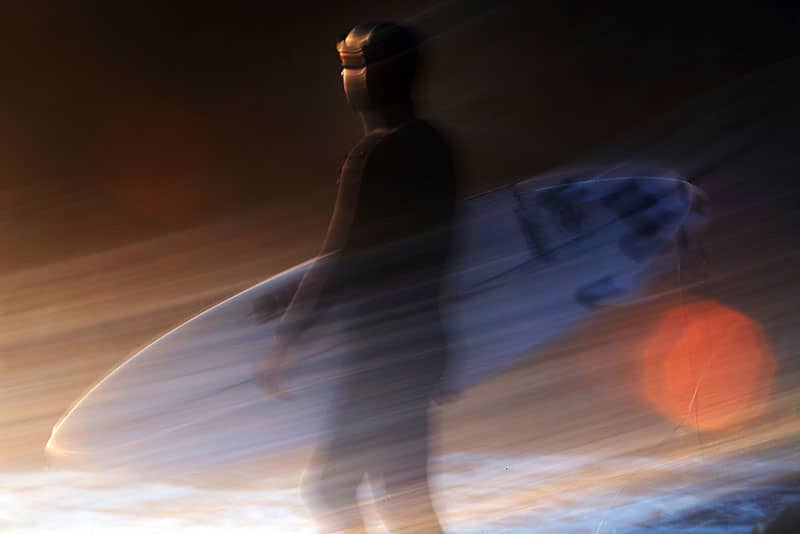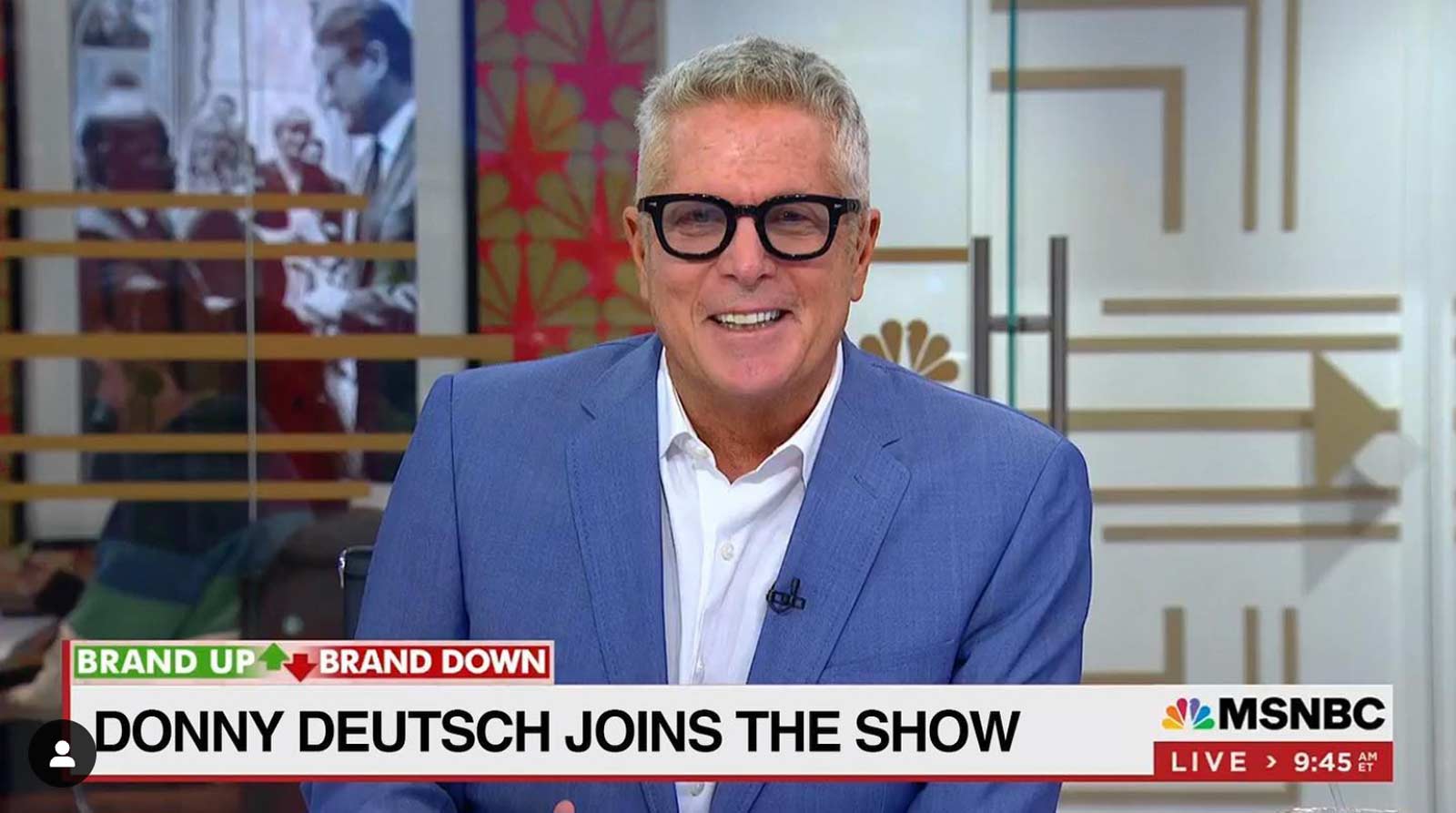What is it that photographers want to do when they’re selling an NFT? And what are the strengths and weaknesses of the current NFT marketplaces when it comes to amateur and professional photographers?
That was the sizable topic we took on yesterday in Amberfi’s first Twitter Spaces event. (Feel free to sample the hourlong recording.) In the community forum, we invited photographers of all stripes — landscape, portrait, documentary, sports, street photographers — to share their input about the NFT marketplaces we’re building, both for our brand clients and for the creative community.
Over time, we hope to stoke in-depth discussions on these topics rather than just skimming the surface. The session was just one of more than a half dozen we plan over the next two months as we address how to address some of the specific needs of both photographers and collectors.

As I mentioned at the outset of the session, there’s a lot more that goes into selling an NFT photograph than goes into selling a jpeg of a digital artwork. Some of the issues we’re addressing include the following:
Rights and permissions
We could spend hours on this topic alone. The thing is, most people don’t know what they’re getting when they buy an NFT, because the usage rights are rarely spelled out in the metadata or the smart contract. With a photograph, 99% of the time you’ll actually be buying a license to use the photo rather than actually owning the photo, because the copyright still belongs to the photographer.
How are people using their purchased NFT photos today? Mostly in online collections and galleries. But increasingly they’ll be displaying photography as well as artworks in digital displays on their walls. And they’ll be taking them into the metaverse.
Beyond that, there’s no reason an NFT marketplace couldn’t take on some facets of a stock photo agency. Getty Images takes in $300 million a year, and wouldn’t it be sweet if the vast majority of that revenue went not to Getty but to the photographers?
Utility
Sometimes there’s more to an image than meets the eye. Photographers have so far not embraced the idea of NFTs as a “ticket” to other benefits, but there are plenty of opportunities here, especially if they band together for events, workshops, social gatherings and more.
Full transparency
While art photography falls more into the realm of general artwork, where the emphasis is on colors, patterns and evoking feelings, documentary photography holds itself up as a mirror of reality. To the documentary photographer, the goal is to faithfully capture a moment in time.
Often on NFT marketplaces, you don’t really know if the photo is truthful or “a lie,” as freelance photographer Barbara Davidson put it. The consensus seemed to be that we should leave it to the photographer to convey what kind of manipulation they’ve made to the image if they’re passing it off as an honest depiction of reality. The story behind a photo can be a powerful addition the image itself.
Commissioned works
Scott Strazzante, a staff photographer for the San Francisco Chronicle who has written about NFT photography for NPPA magazine, raised the prospect of groups or patrons commissioning photo shoots of subjects or events within the platform. Given the centrality of ownership to the NFT ideal, how cool would it be if a collector not only purchased the work but came up with the idea for the shoot?
Amazing idea.
Access
There was also general consensus around the vision of a marketplace that is at once open to photographers of all skill levels but one that’s well curated so that the most riveting images rise to the surface. Throw in a smart search feature and a well-done filtering capability and you’re finally talking about a marketplace accessible by the masses.
Check Amberfi’s Twitter account for an announcement of the next NFT photography session in Twitter Spaces … likely next week!






